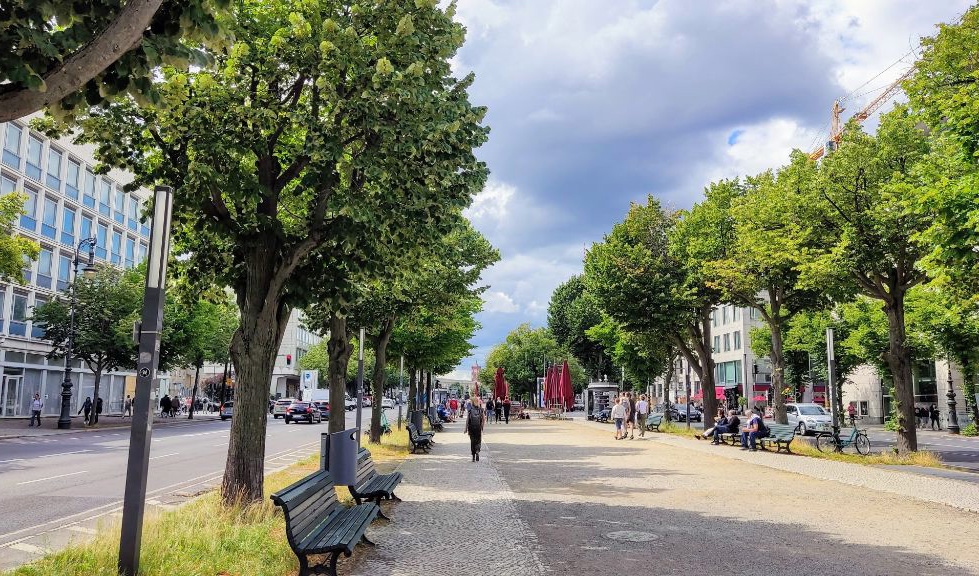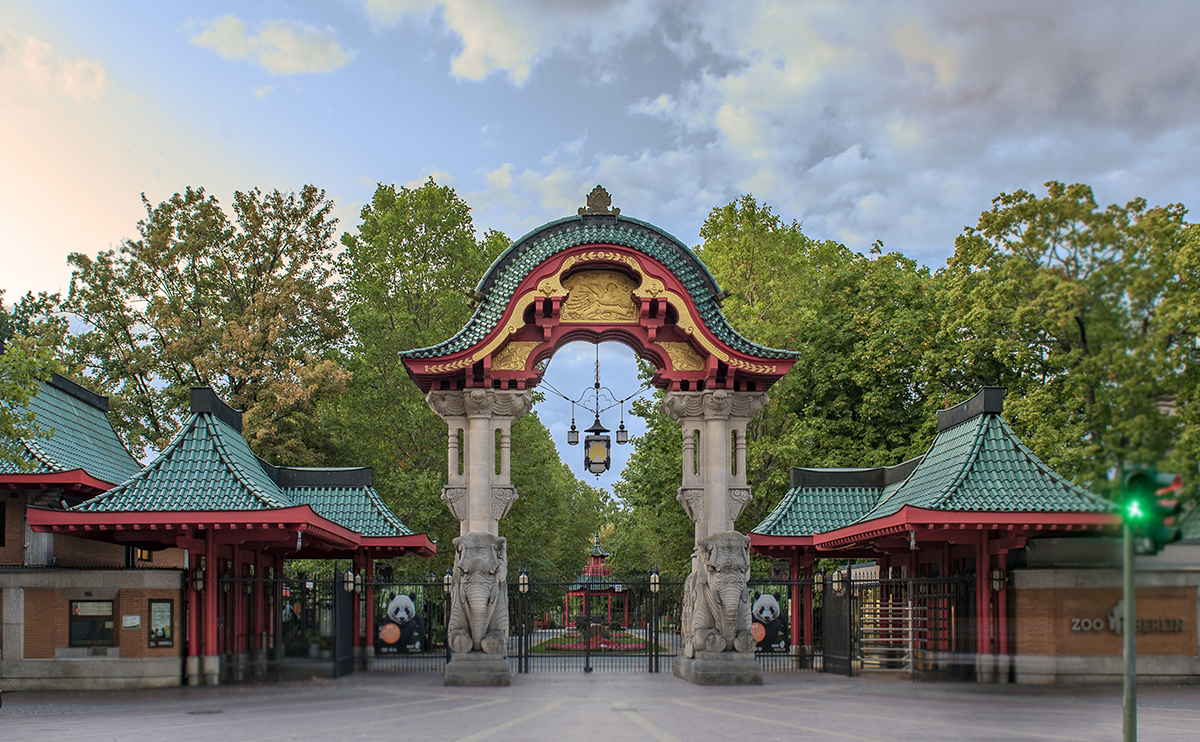Elefantentor / Zoo Berlin
Audio Guide Elefantentor / Zoo
"Elefantentor" is one of the two main entrances to the Berlin Zoo. This architectural landmark was constructed in 1983-1984 in an East Asian style and is an exact replica of the original building built in 1899, which was destroyed during World War II.
The gate gets its name from two sandstone elephants that support the roof of the pavilion, made from red wood, golden ornaments, and green glazed tiles. Today, "Elefantentor" stands as one of the symbols of the Berlin Zoo and is protected as an architectural monument. This ensures its preservation and protection for future generations, emphasizing its historical and cultural significance to the city of Berlin.
Thousands of people visit this place annually, and it serves as a symbol of biodiversity and contributes to animal conservation.
There are several interesting stories associated with "Elefantentor," adding to its charm:
- Elephant Relocation: During the reconstruction of the gate in the 1980s after World War II, two live elephants named "Bibi" and "Sabu" were used as models for the statues of elephants supporting the "Elefantentor" roof. This unconventional approach was taken to ensure historical accuracy.
- Involvement in the Berlin Wall Meeting: In 1987, as the Berlin Zoo celebrated its centenary, "Elefantentor" was the site of the meeting between U.S. President Ronald Reagan and General Secretary of the Central Committee of the Communist Party of the Soviet Union Mikhail Gorbachev. This became a symbol of unity and dialogue in divided Cold War-era Berlin.
- Zoo Representation: The gate serves not only as the entrance to the Berlin Zoo but also as a symbol of the zoo's history and identity, attracting visitors and showcasing art and architectural heritage.
- Film and Advertising Location: "Elefantentor" is frequently used as a popular filming location for movies, commercials, and photoshoots due to its attractive architecture and historical value.
These captivating stories enrich "Elefantentor" and make it not just a historical and cultural symbol of Berlin but a living testament to the past and present of this iconic place.
Other sights
-
Alexanderplatz
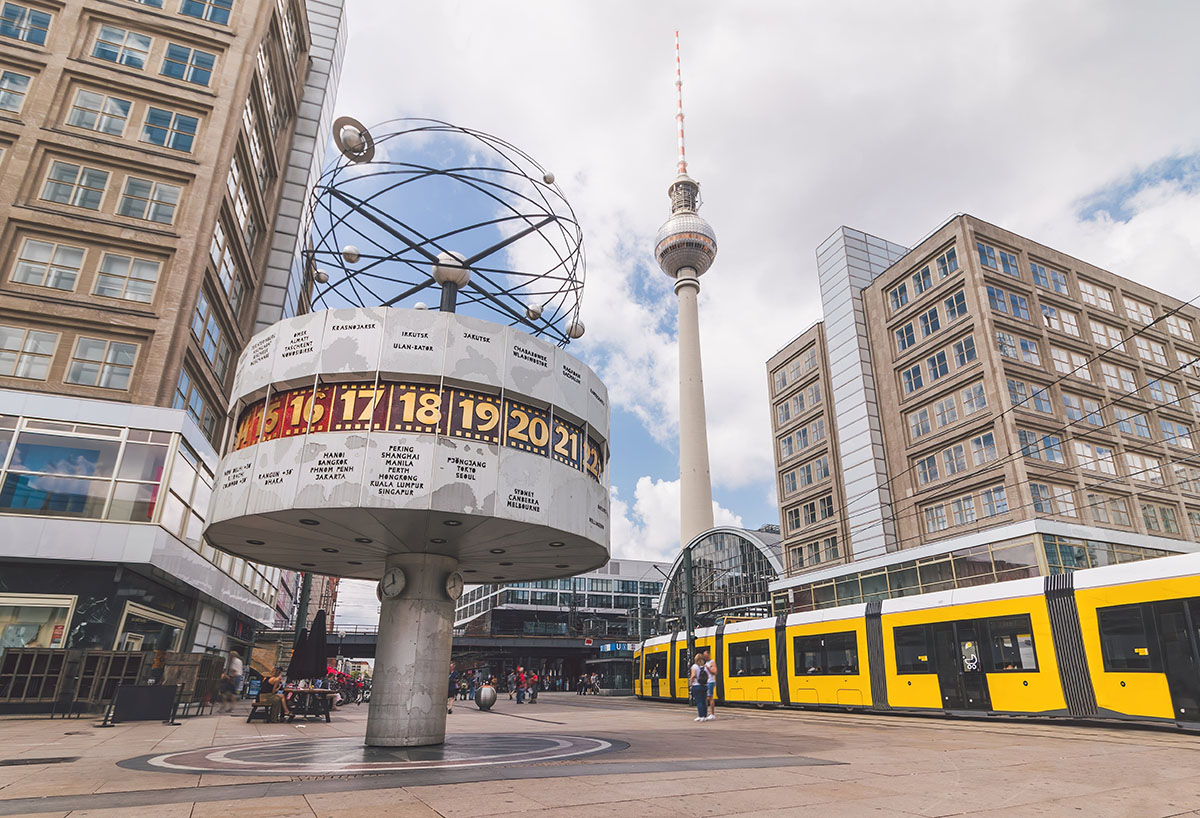
-
Berliner Mauer
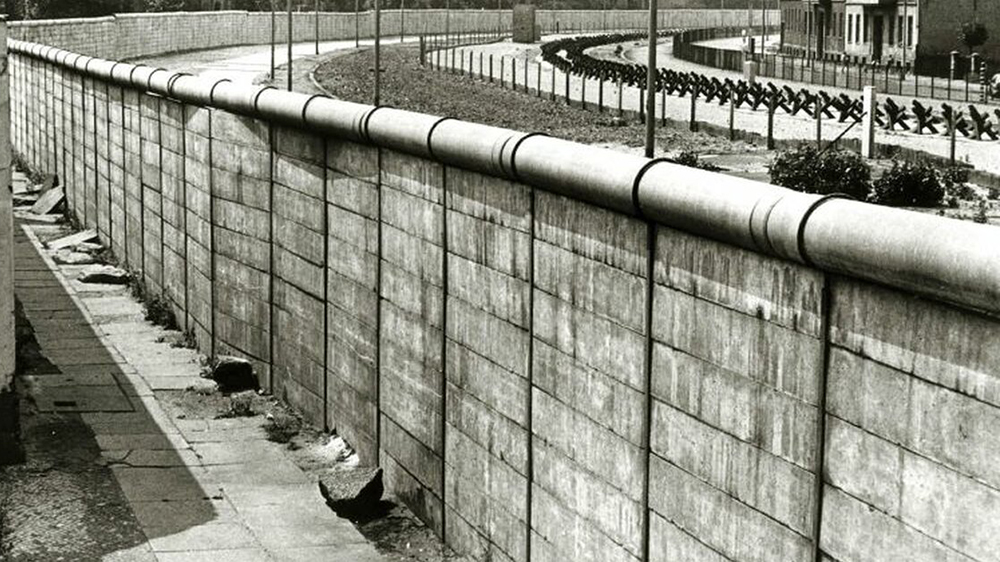
-
Brandenburger Tor
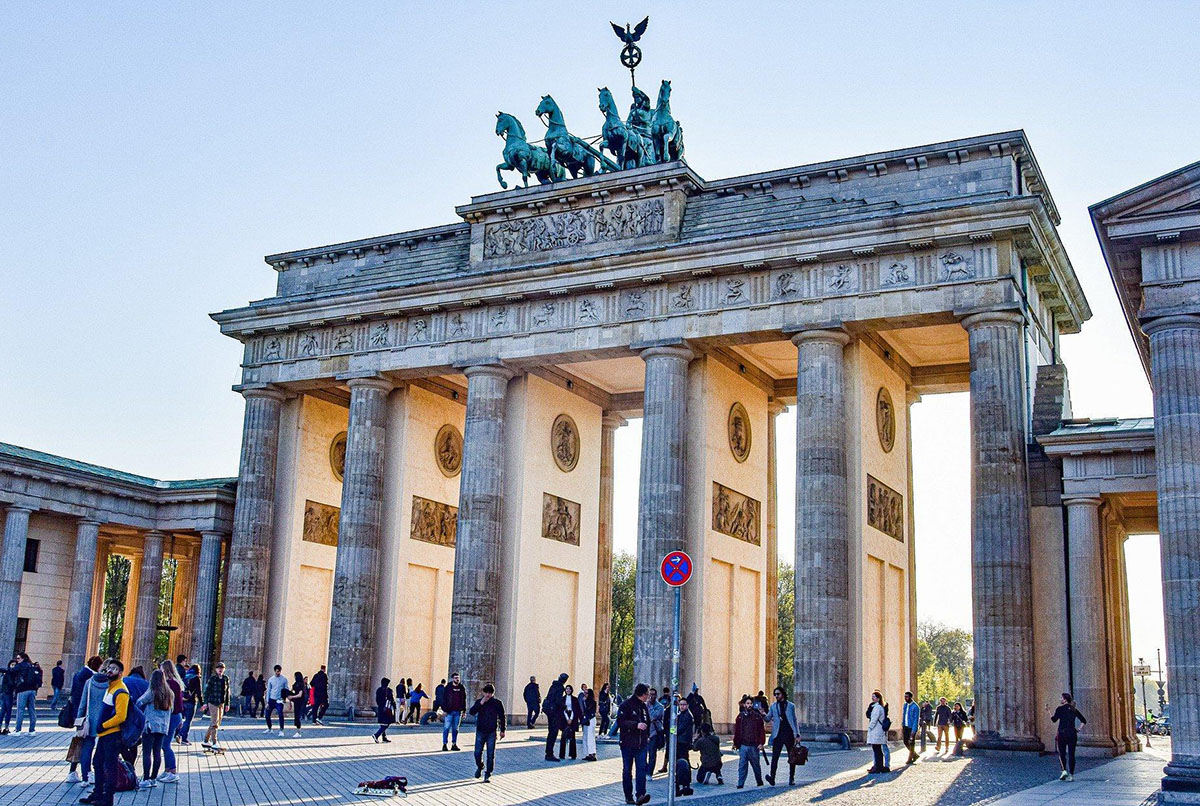
-
Checkpoint Charlie
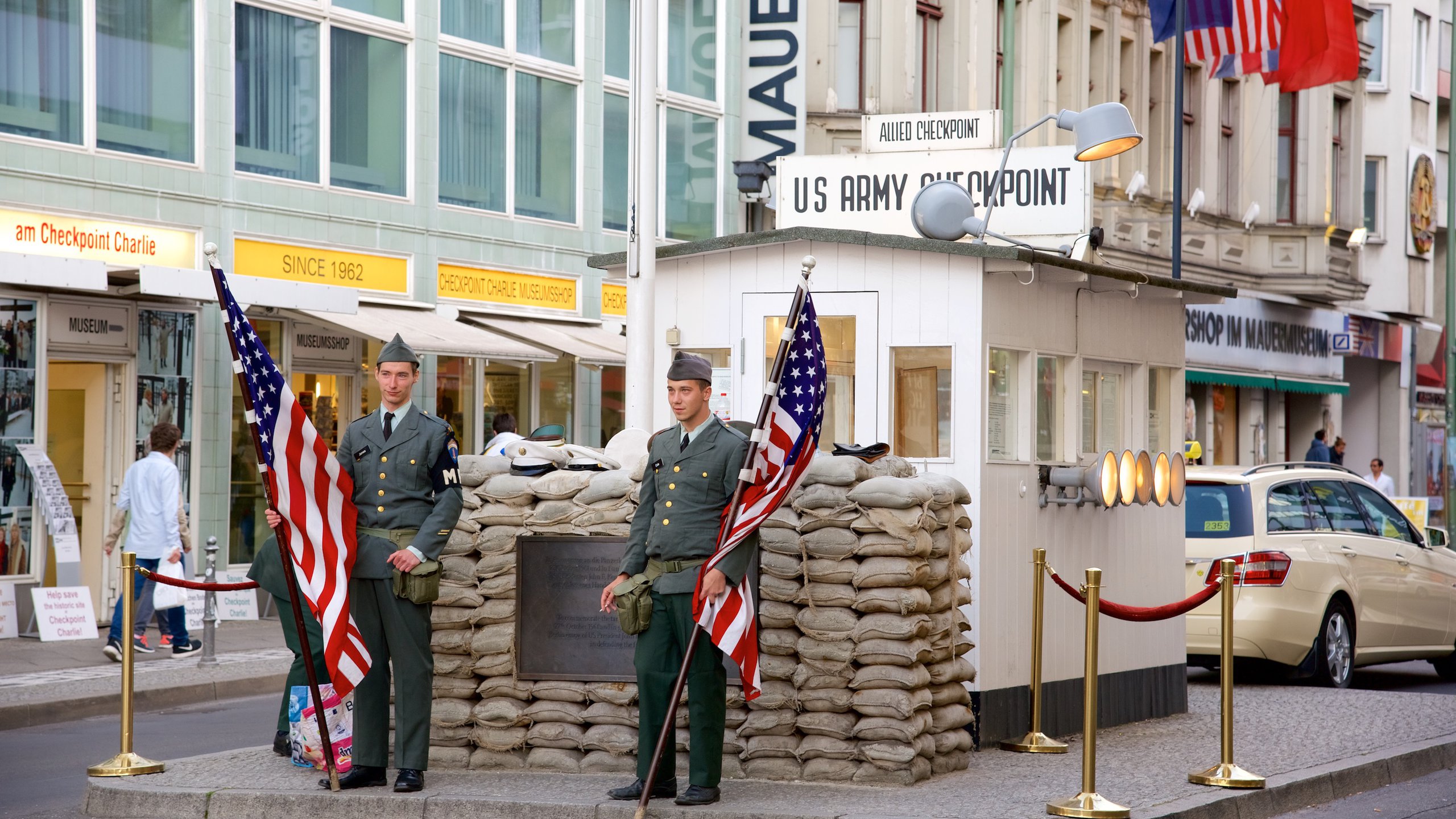
-
DomAquarée
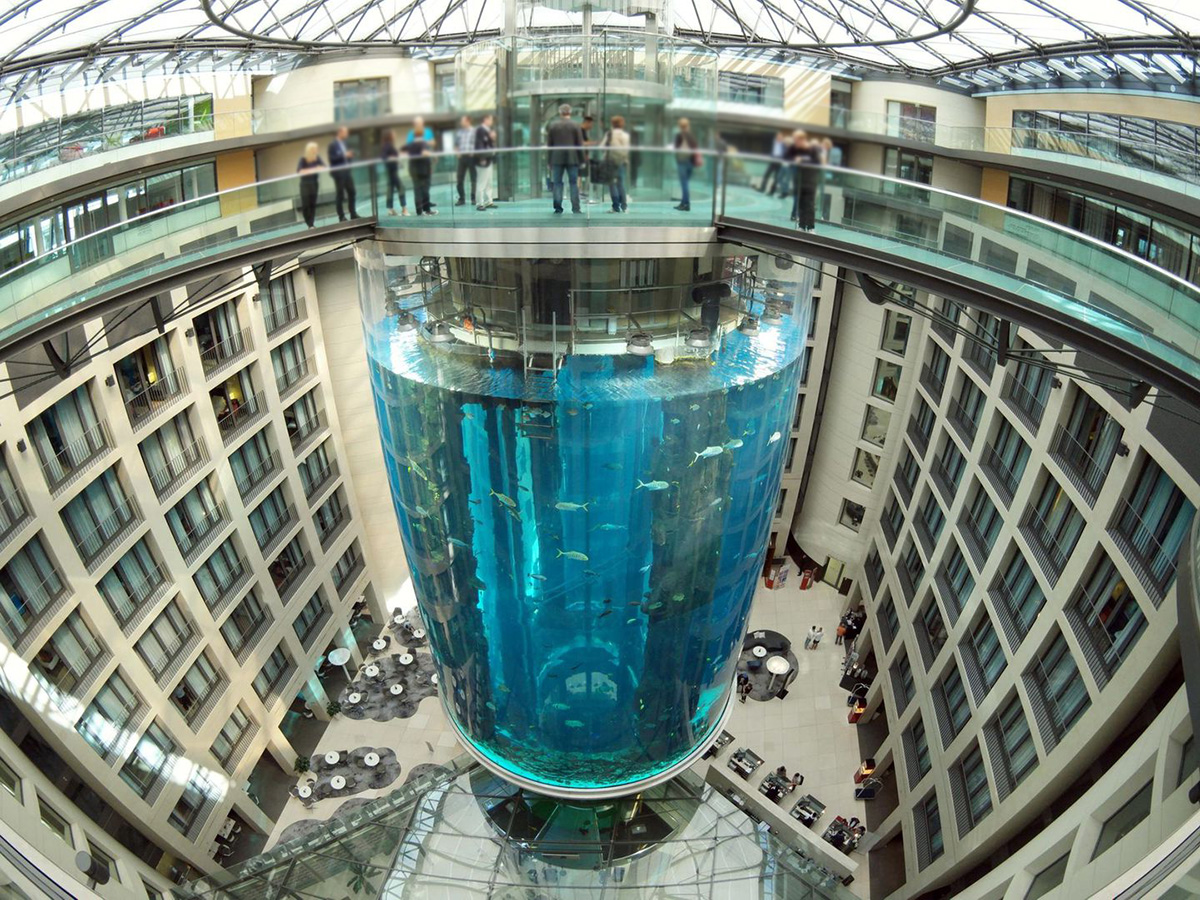
-
East Side Gallery

-
Friedrichstrasse
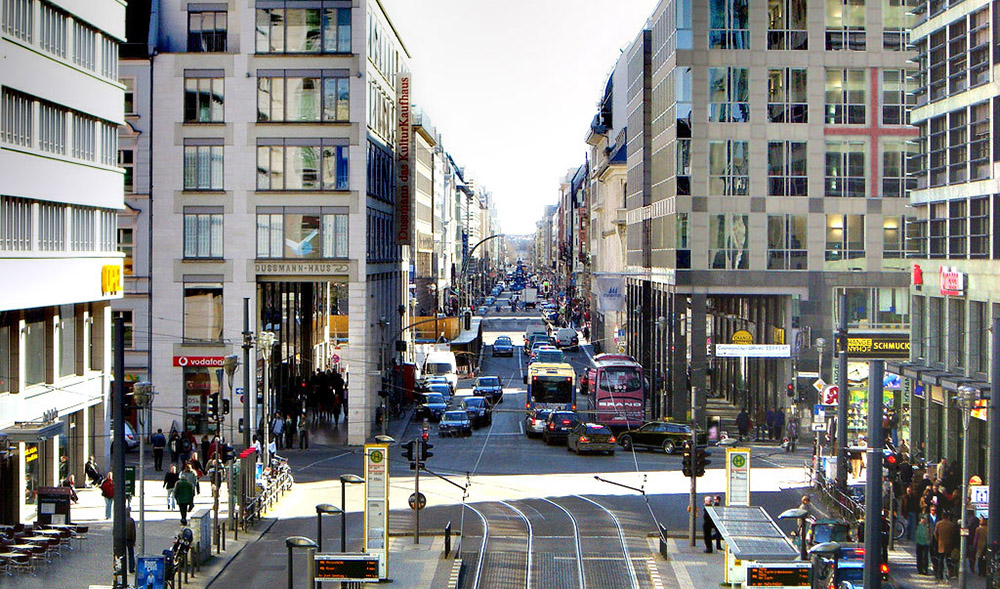
-
Gedächtniskirche / Rankestraße

-
Gendarmenmarkt

-
Gropius Bau
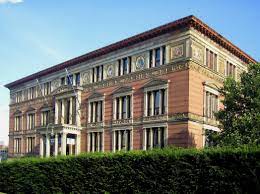
-
Hard Rock Café / Meinekestraße
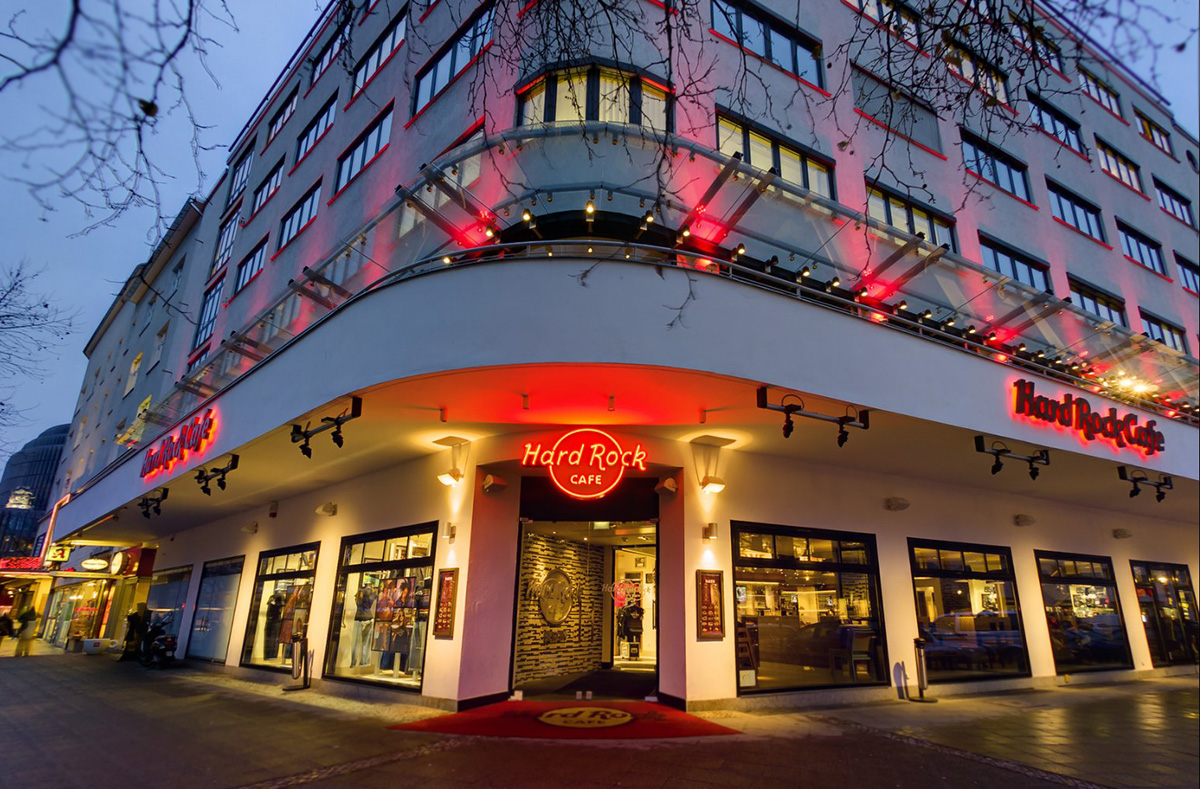
-
Hauptbahnhof
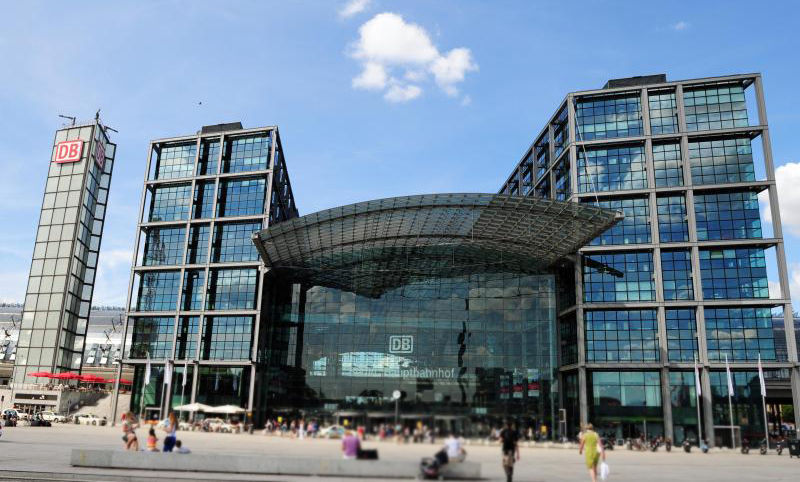
-
Haus der Kulturen der Welt
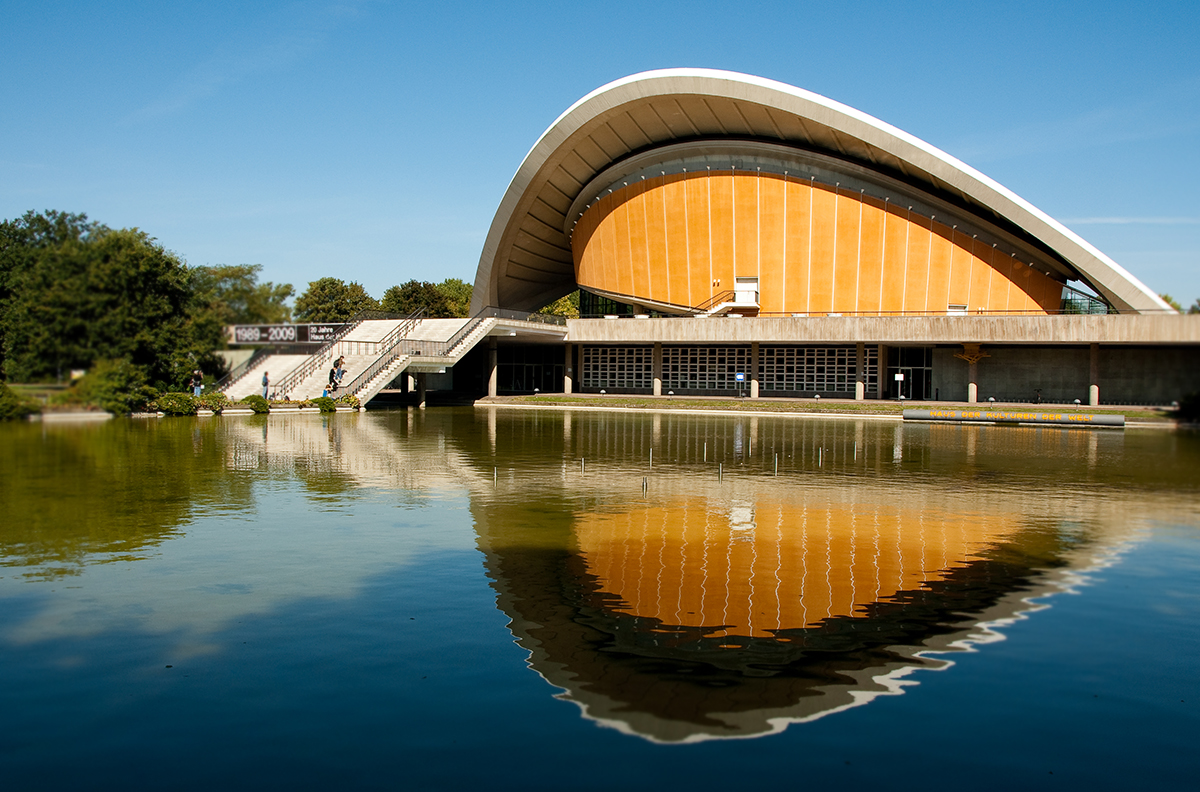
-
KaDeWe
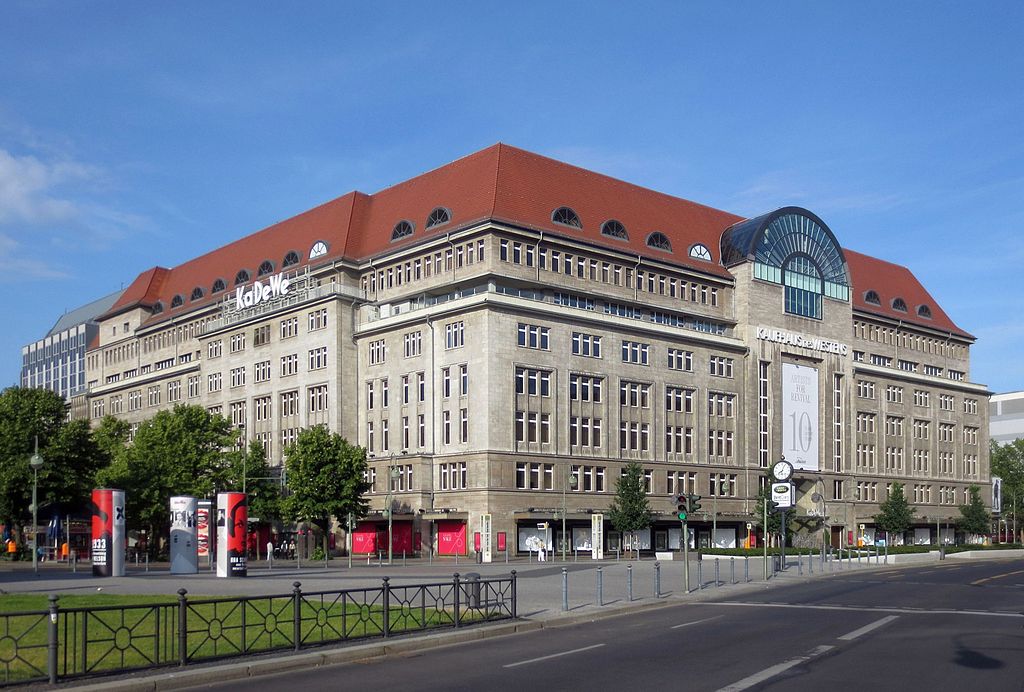
-
Karl-Marx-Allee
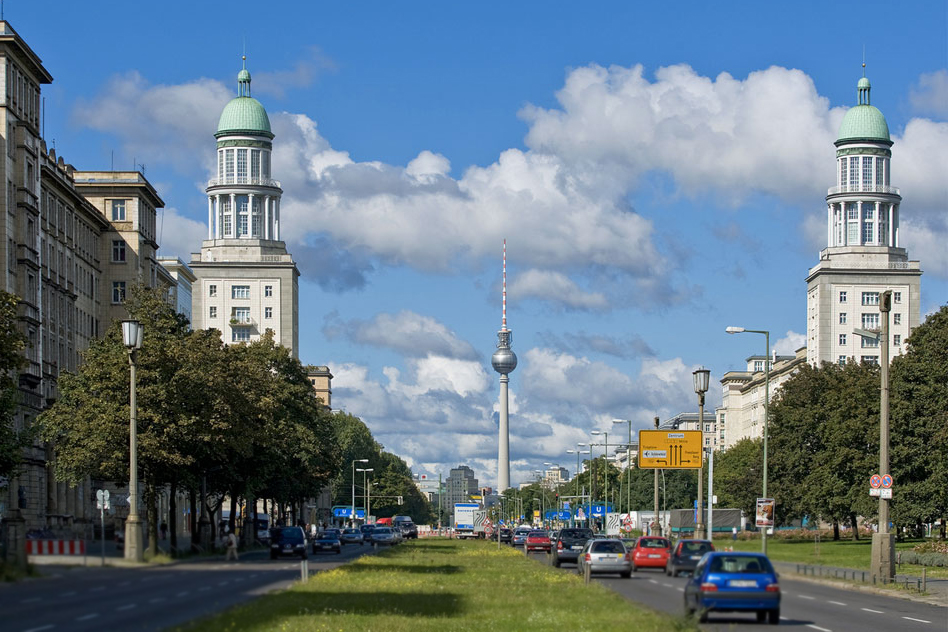
-
Kranzler
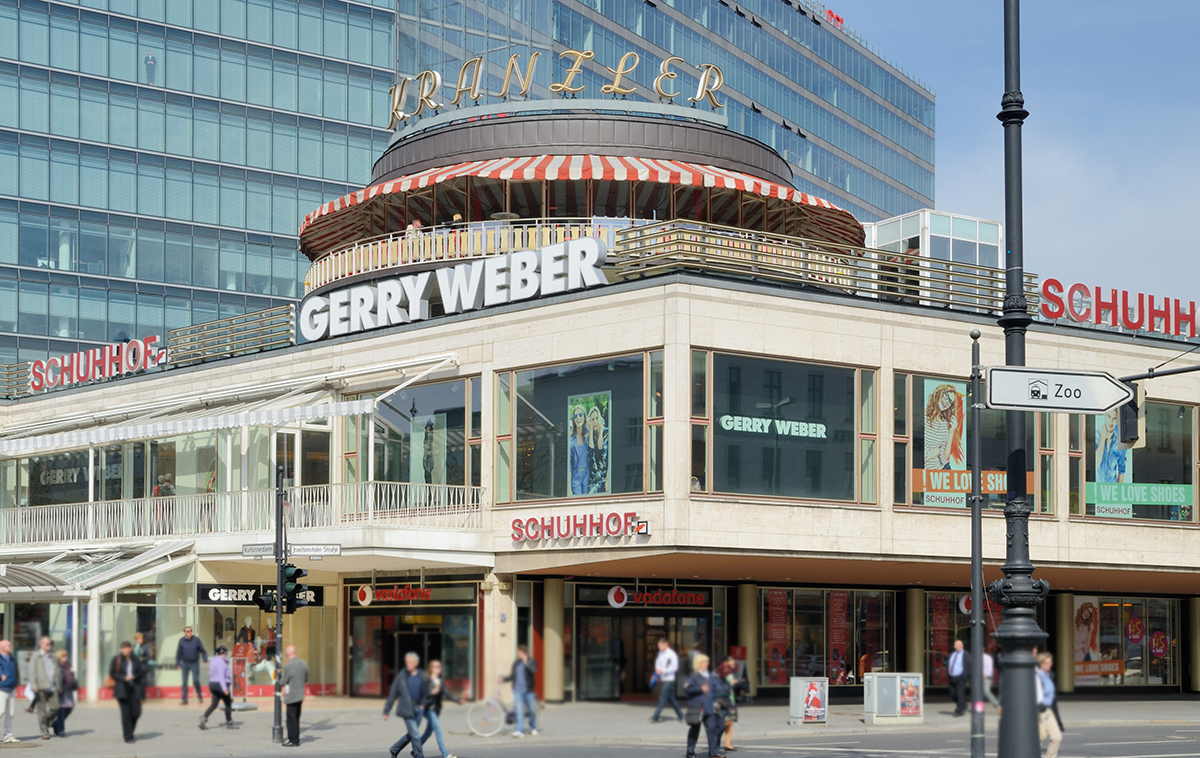
-
Ku Damm (Kurfürstendamm)
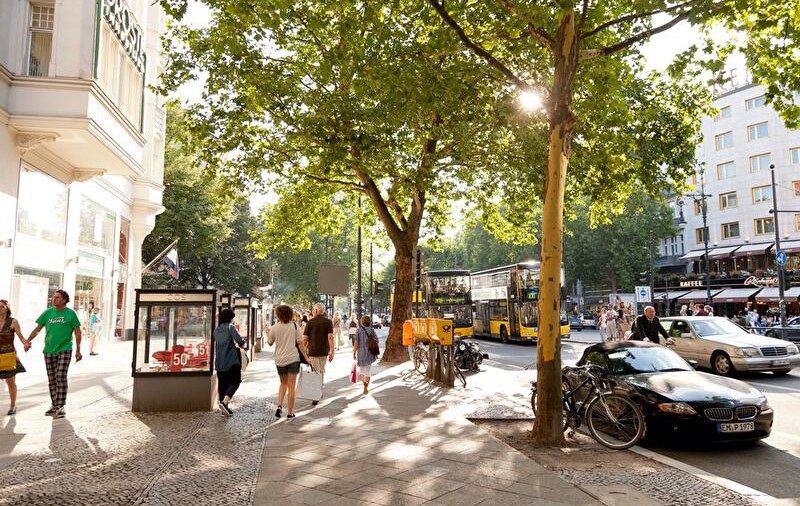
-
Kulturforum Tiergarten
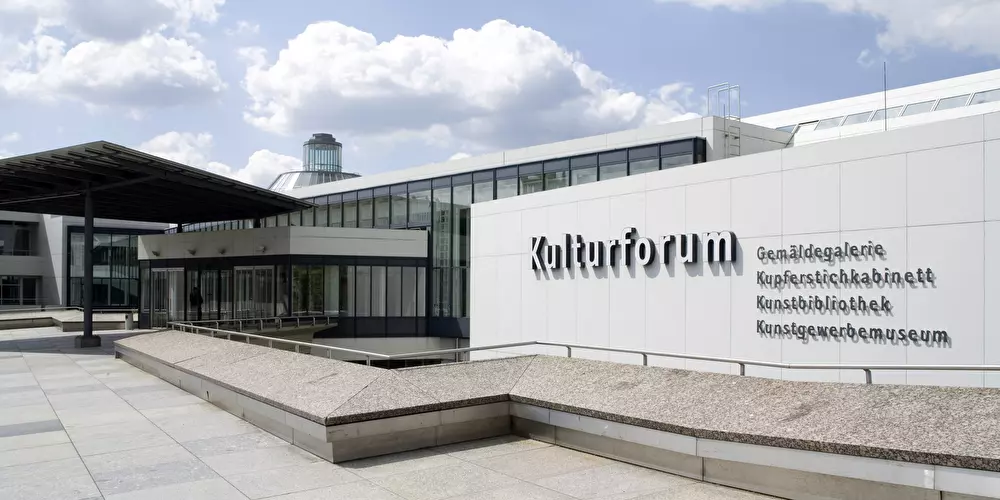
-
Kurfürstendamm 236 (Marmorhaus)
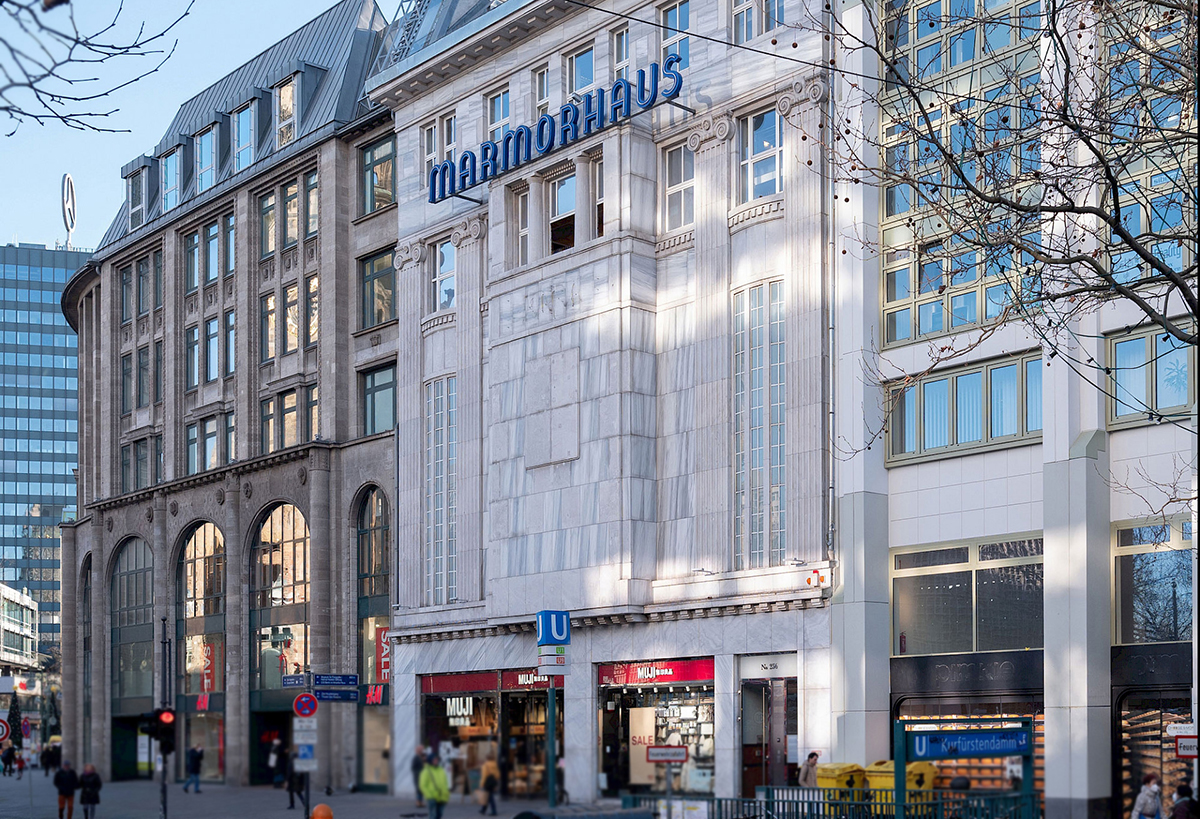
-
Lustgarten
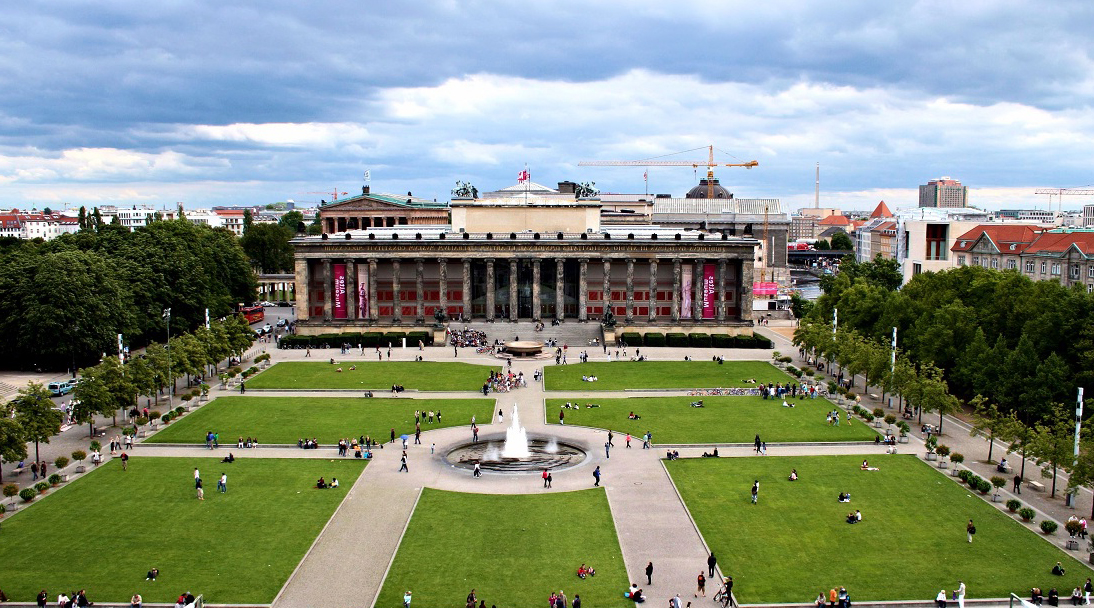
-
Lützowplatz
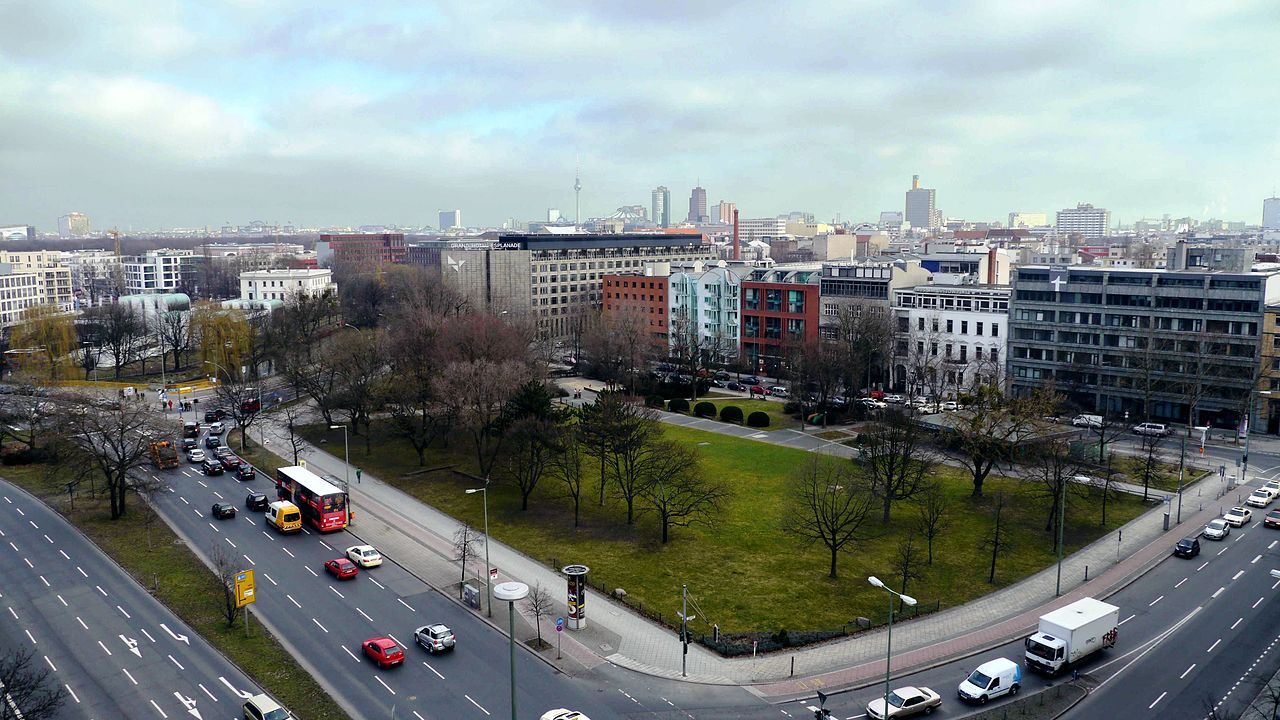
-
Museum Island / Museumsinsel
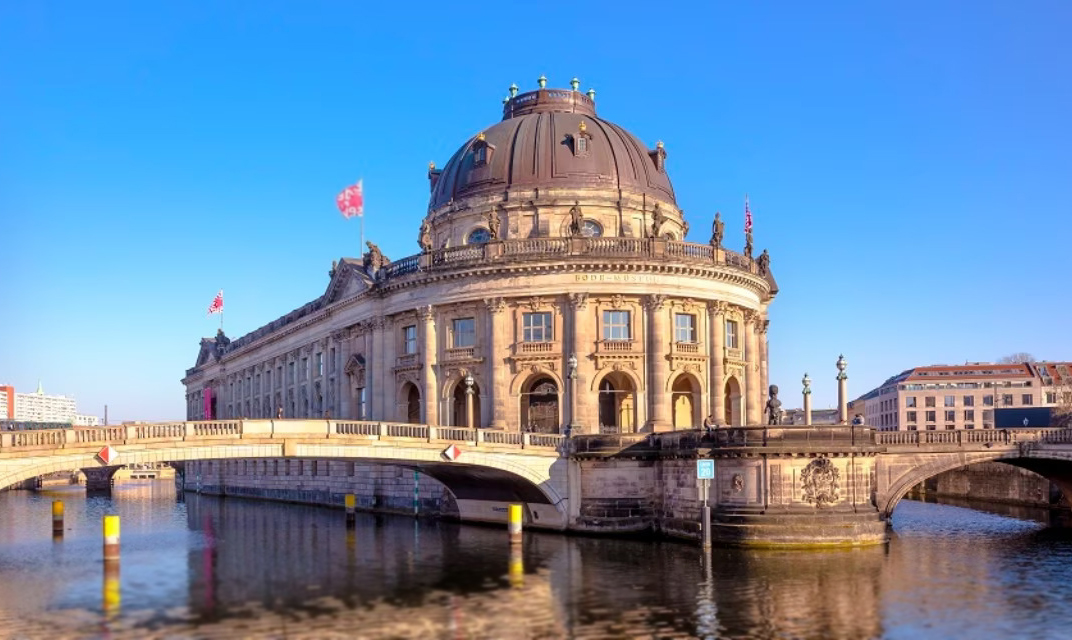
-
Neptunbrunnen / Rotes Rathaus
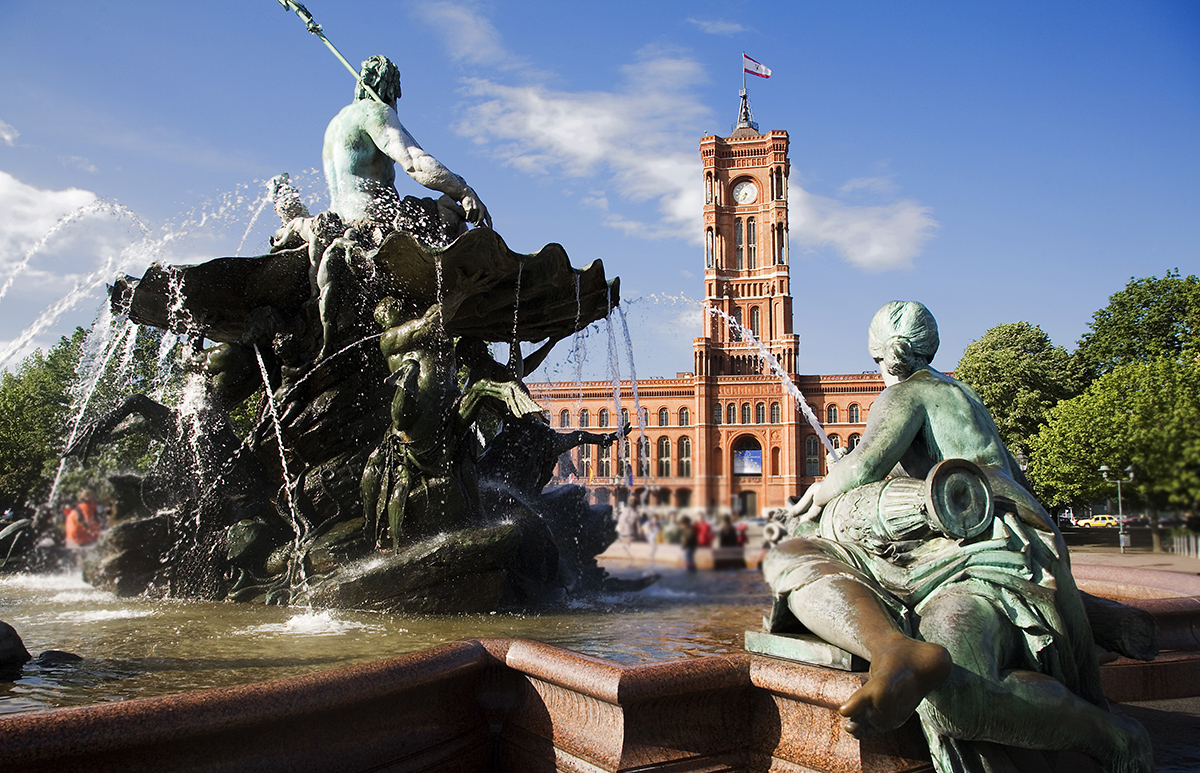
-
Ostbahnhof
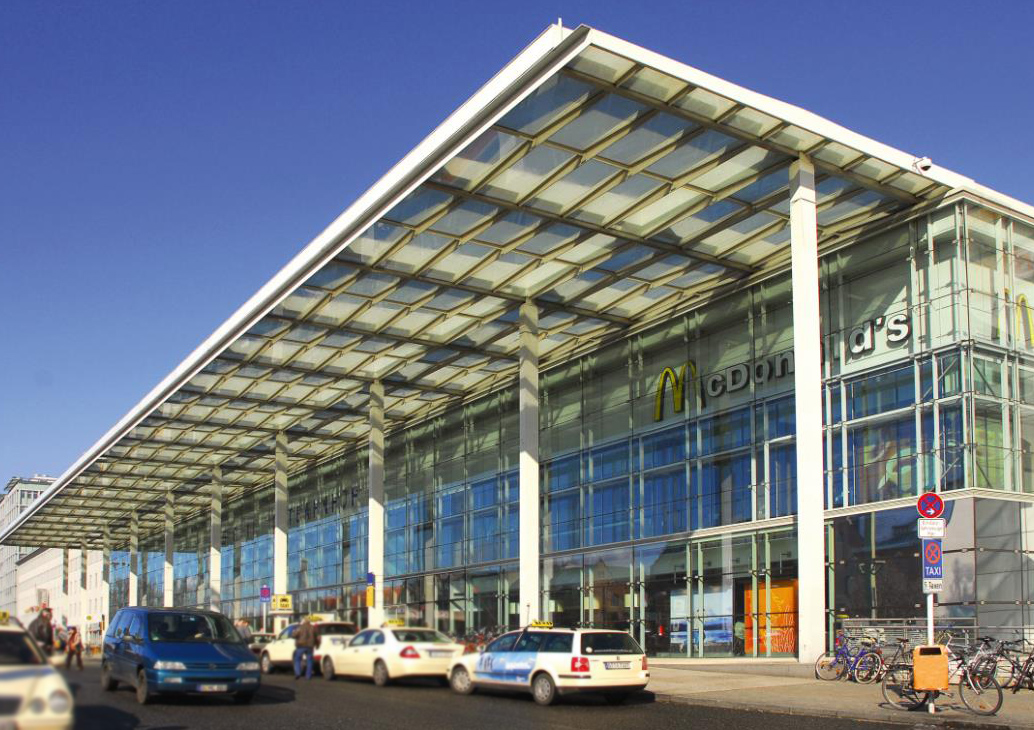
-
Potsdamer Platz / Hist. Ampel

-
Reichstag
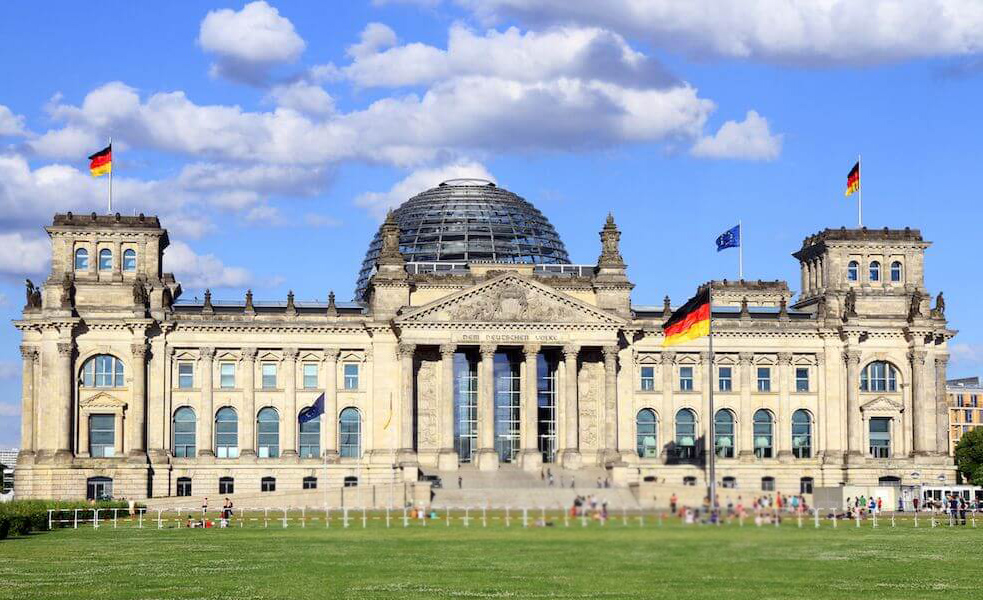
-
Rotes Rathaus

-
Schloss Bellevue

-
Siegessäule
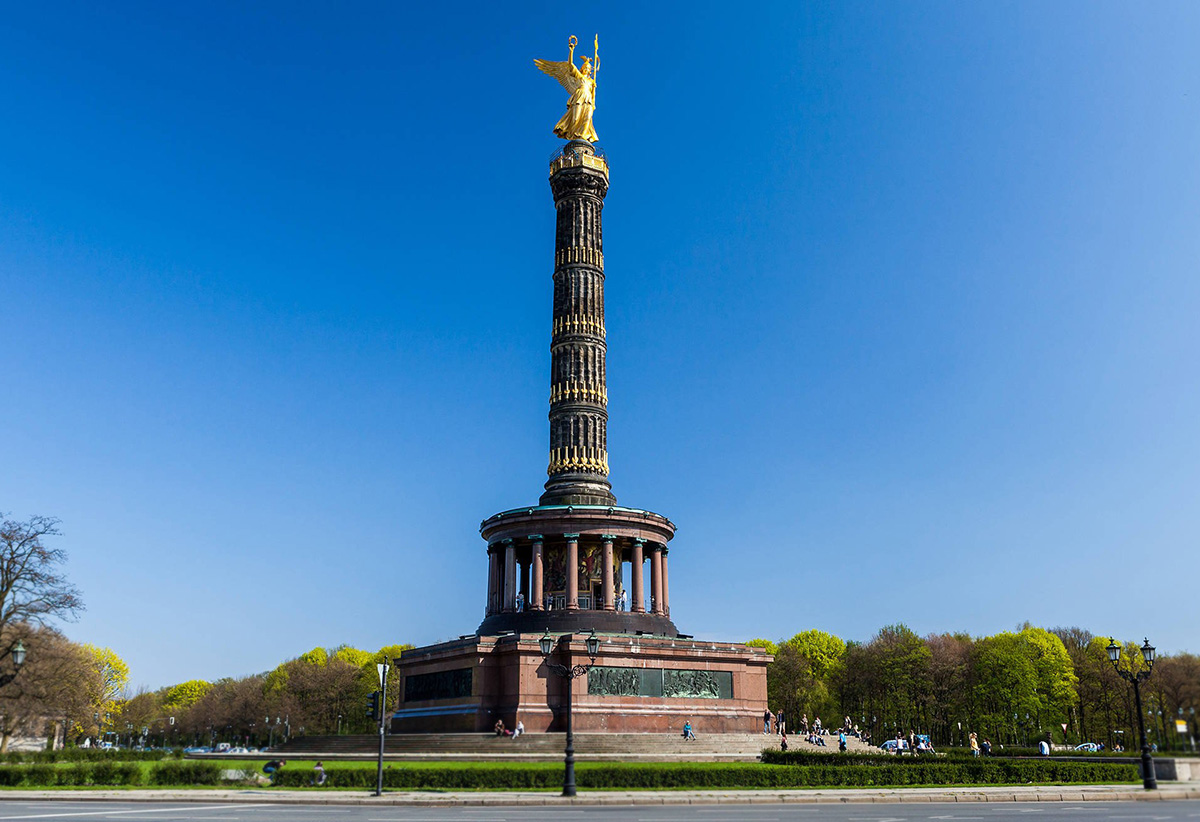
-
Tauentzienstrasse
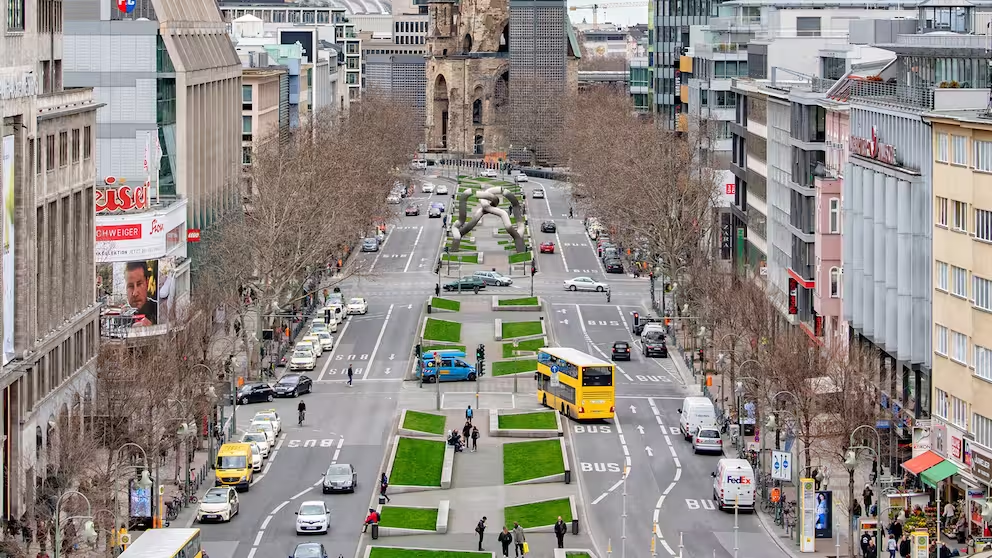
-
Unter den Linden / Friedrichstraße
